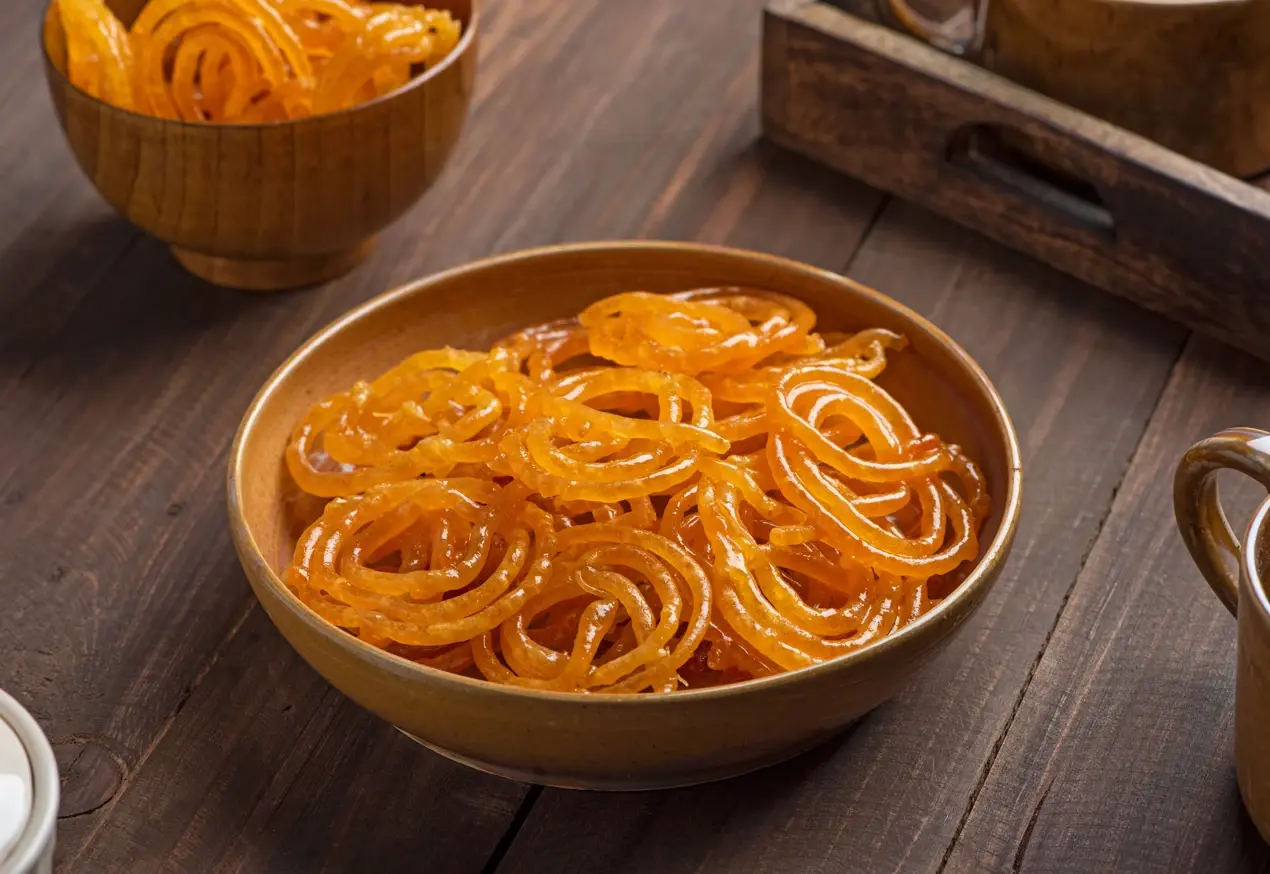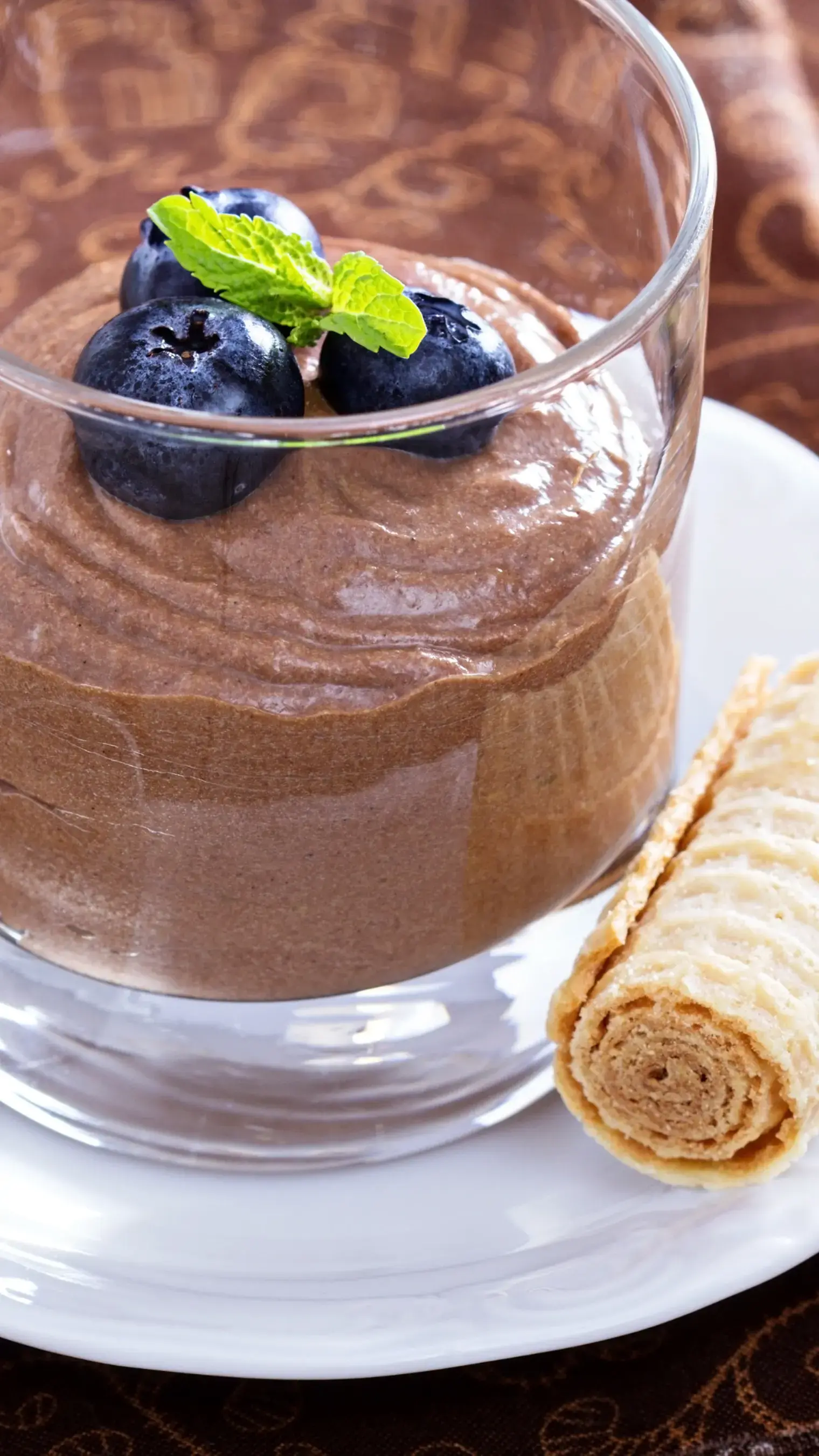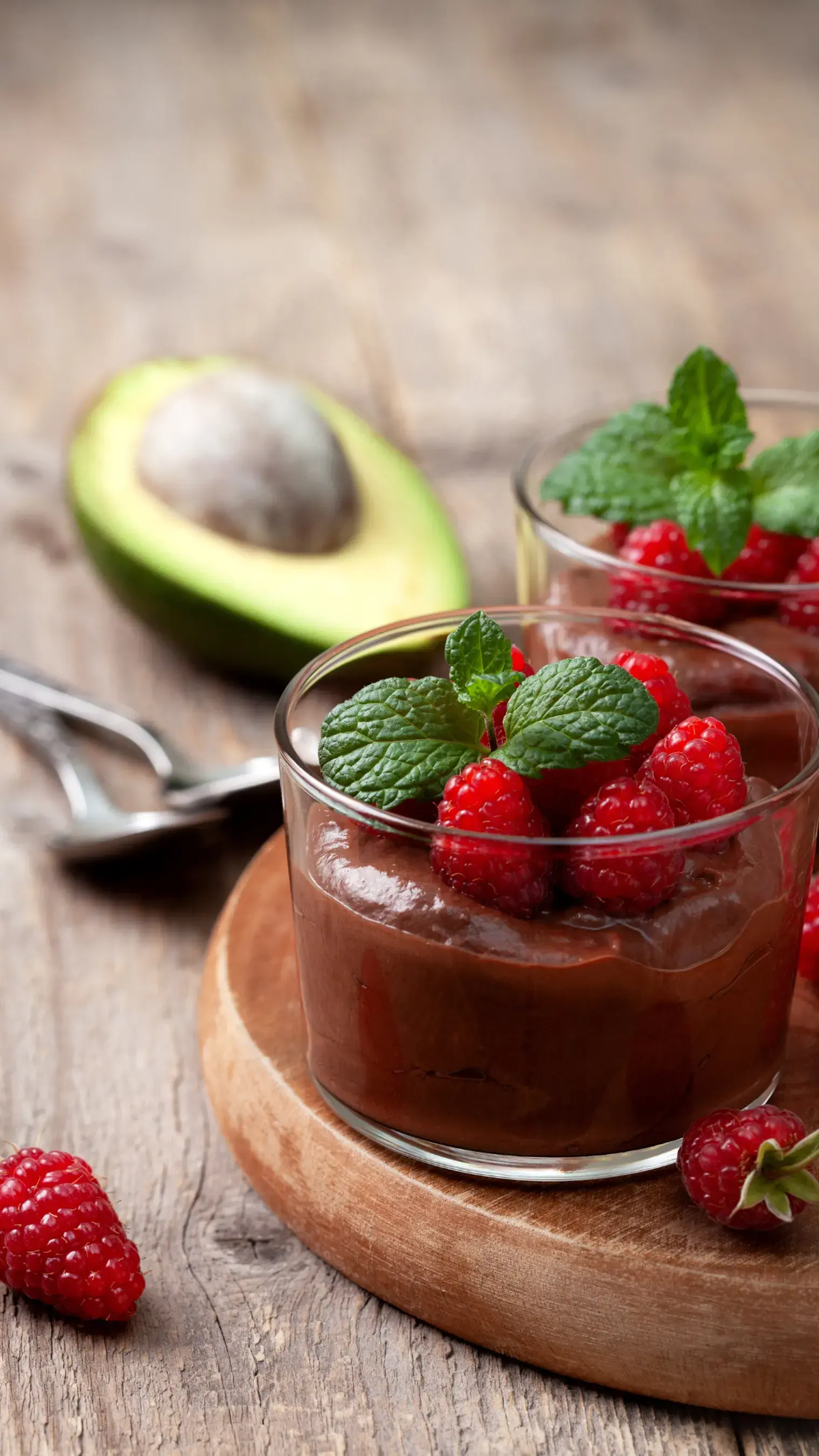- Home
- Articles
- The Story of Nolen Gur, Bengal’s Nectarine Ambrosia That Is the Hallmark of Its Wintertime Sweets
Nolen gur is synonymous with West Bengal’s winter traditions that flavor almost every sweetshop across the state boosting the livelihoods of the date palm tappers and carrying forward the traditions that date back thousands of years.

Nolen Gur translates to new jaggery, which is the precious darling of Bengal when the chill seeps in. Two kinds of jaggery or gur are widely made and eaten across the country, one comes from the sugarcane and the other comes from the date palm trees. The palm tappers or Gachia/Shiuli are deft at climbing the tall date palm trees, cutting just the right amount into its inflorescence, and suspending a clay pot that collects the plant sap.
It is said that Jayanagar, a town in West Bengal has the finest date palms producing top-notch “jhola gur” or “nolen gur”. It is the same town that is known for the Jayanagar Mua, a classic ball-shaped sweet. Bengalis treasure this molten liquid gold that forms the main flavor for almost every winter sweet in the state.
The Origins of Nolen Gur in Bengal
The production of nolen gur, or date palm jaggery, has deep historical roots in the Bengal region tracing back to the 4th century BC. It was during this time that a community known as the Siulis lived in the area of Pundra Bardhan, now called Bogra district. The Siulis made their living by scaling tall date palm trees under the cover of night to tap the flowering clusters. They would hang earthen containers from the branches to collect the sweet sap as it flowed out. This sap was then boiled down to produce jaggery.
Despite these challenges, the Siulis perfected the art of nolen gur production over generations. As word spread of the high-quality jaggery being made, the Pundra Bardhan region became renowned as 'Gour,' meaning the place of jaggery. The Siulis community became synonymous with Nolen Gur. Even today, elders are said to be able to assess the purity of a batch by its 'Brix value' or sugar content.
Over the centuries, Nolen Gur emerged as a prized ingredient in Bengali sweets. Its production helped put Bengal on the map for its confectionery. The tradition continues to this day thanks to the contributions of palm tappers like the Siulis community from so long ago.
The Process Behind Making Nolen Gur

The Shiuli begin their work as early as late October to November, cutting into the tree to collect sap, then putting little hollow jute sticks (patkati) or bamboo sticks, from which the plant saps drip into the suspended clay pot. Temperature is a big factor here, and the skilled workers know it all too well. The cut or hole is made during daytime and the sap is only collected after nightfall to avoid fermentation. Before dawn emerges, the pots are brought down which is no easy feat as each Shiuli does close to 100 or more trees per season, while paying a royalty to the owners. The date palm sap is highly volatile and prone to spoilage, so, Nolen Gur is made the same day. This has always been a custom in the towns and villages of Bengal, where it is made.
The Impact of Climate
Typically, the trees produce up to 50 liters of sap per day, something that has been declining in the past few years with climate change, as winters are warmer than usual. Cyclones also affect the production as trees fall with increasing wind speed. A year of cyclones combined with a warmer winter is a lethal combination that severely impacts Nolen gur production. This affects the livelihood of the palm tappers as it does for the sweet shops who heavily depend on the plant sap to make the season’s best Nolen Gur mishti.
The Mishti With Nolen Gur

The shiuli will tell you how consuming raw date plant sap which has a sweet, nectarine taste to it, early in the morning is good for your health. You will need to visit them at the source, to try the fresh ones. If fortune favors, most sweet shops sell sweets made from authentic nolen gur but some shops use synthetic flavoring agents to cut back on costs. This tiny list won’t do justice to the wide range of sweets available in West Bengal, but we listed the top ones anyway:
- Nolen Gurer Rosogolla: Nolen Gur infused syrup flavors the spongy and melting in-your-mouth rosogolla that are even more delicious when eaten hot and fresh after just being soaked in the hot syrup.
- Nolen Gur Sandesh: Sondesh or sandesh is already a beloved staple of Bengal, add the “nectar of the gods” nolen gur in the sondesh dough and you have heaven within reach.
- Nolen Gur Payesh: Payesh is the peak comfort food of the Bengalis being served on special occasions like birthdays and weddings. Typically made with processed jaggery or gur, sometimes nolen gur is also used for a lighter flavor.

- Nolen Gur Kachagolla: Made with raw channa, kachagolla is softer than sandesh and rosogolla and has a distinct flavor that spoils easily so it is best consumed fresh and add nolen gur to the mix and it results in something hard to stop eating.
- Nolen Gur Jalbhara: Jalbhara or taalshash is already delicious with its fudgy exterior but it's the hollowed-out interior with its liquid goodness of Nolen Gur sometimes mixed with jaggery that makes it so popular.
Like This Article?
More Like This



Popular Articles





Trending Web Stories
Curated Recipes



















